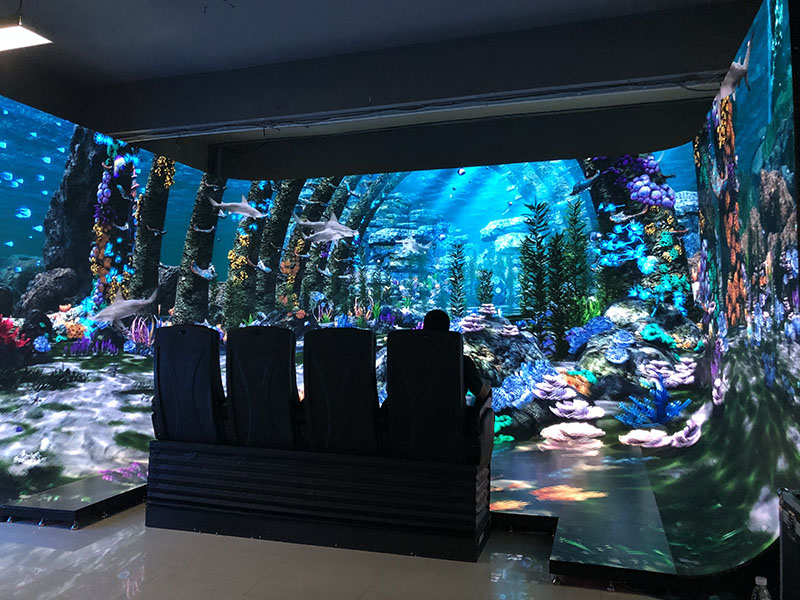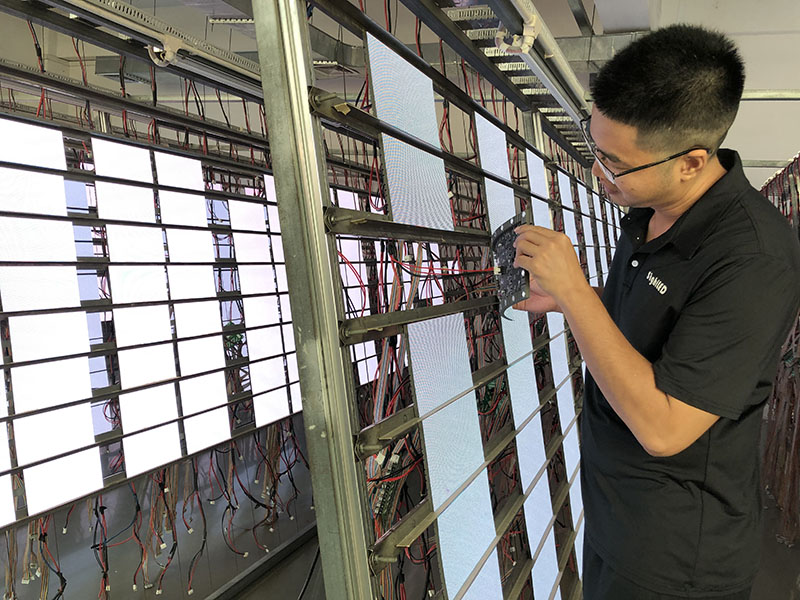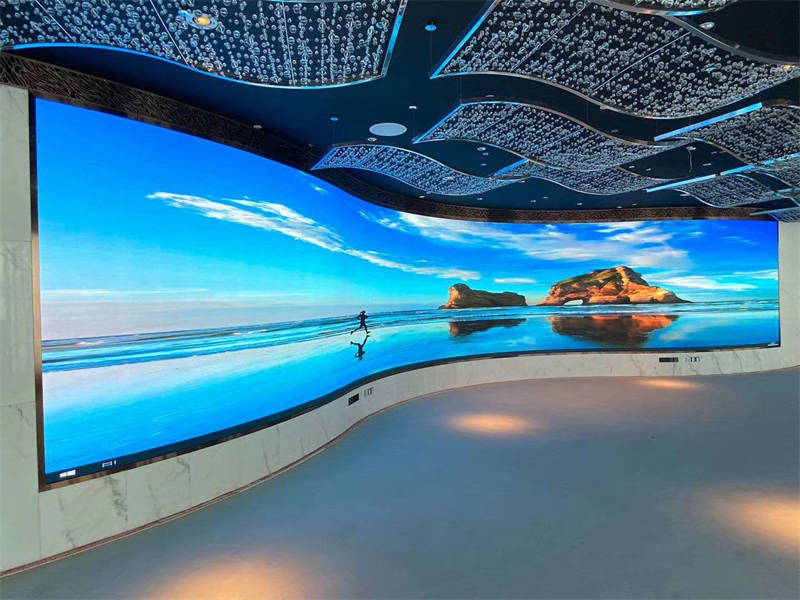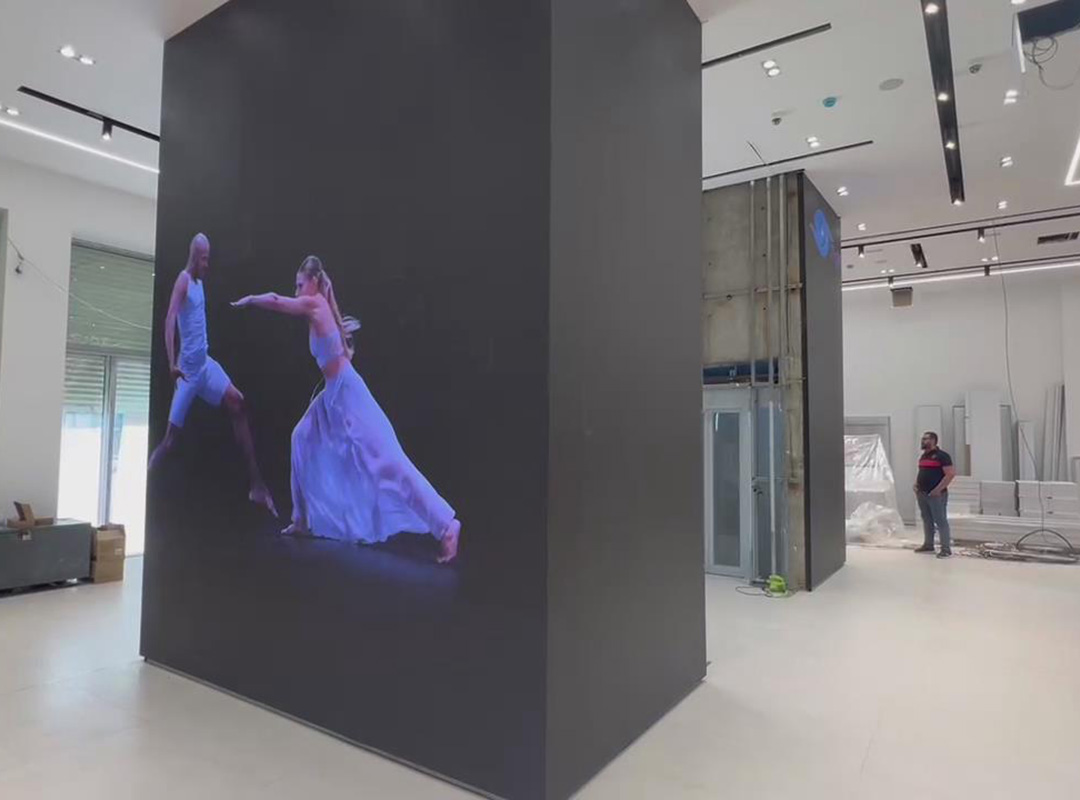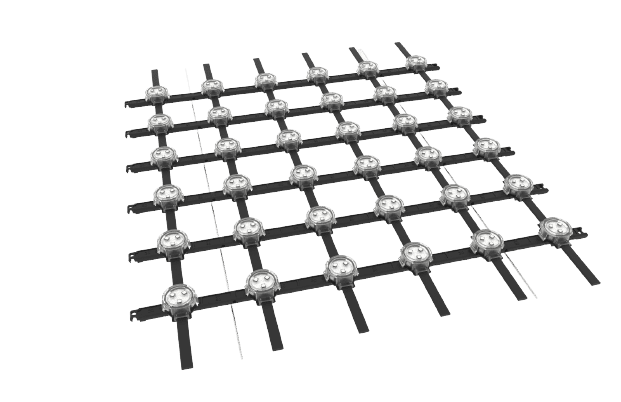Planning and implementing a video wall project can be daunting, especially if you are not adequately prepared. Firstly, there are pitfalls that you could face. But also, there are best practices that can contribute to your success. These are things you should know before getting started. In this article, we share best practices and pitfalls to avoid for a successful video wall project.
Table of Contents
ToggleWhat Is Involved In A Led Video Wall Project?
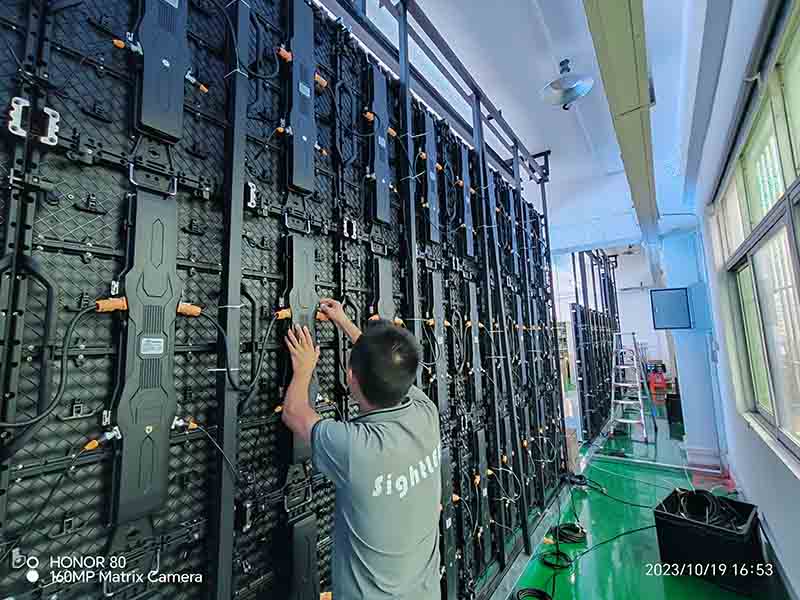
Assuming you already know what a video wall is, the project aspect means planning and setting up this large screen be it in your office or home. Before, during, and after this project, several activities contribute to the success of the project. Let us discuss these activities.
Design
One of the most essential aspects of a video wall setup is design. This encompasses everything to do with how the video wall will look, function, and fit in. In this case, you have to consider where you want to set up the video wall and for what purpose. Having answers to these questions will help you figure out the design aspect of it.
In the design phase, it is always good to consult a professional video wall dealer. These professionals will provide valuable consultation and help you avoid making mistakes. This is important since some of the decisions in this phase are irreversible.
Installation
After you have settled on the specifications, installation area, and components supplier, you now move to the installation phase. This is where the actual setup of the video wall project will occur. In most cases, installation is usually conducted by experienced technicians.
For the most part, you need to ensure that the handler or installer is experienced to avoid any costly accidents. Video walls are expensive and risking their damage would not be a wise idea. Therefore, always work with skilled and experienced technicians.
Display Implementation
With the video wall installed, it is now time to test and run the display. This could involve testing that every aspect of the display works as expected. Aspects such as brightness, color accuracy, and vividness should be tested. If all is good, you can now move ahead and start using the video wall for its intended use.
Subsequent Maintenance
Maintenance is just as critical as everything else. It involves check-ups, finetuning, cleaning, repairing, and replacing any damaged components of the video wall. The other point is that this maintenance has to be scheduled for it to be effective. In most cases, the installer or video wall supplier will help you plan the maintenance schedules.
Best Practices When Handling Video Wall Projects
Now that you have an idea of what this project entails, we can discuss some of the best practices that will guarantee a successful project. Most people ignore these practices and they are quite basic but effective. Some of them include;
Set Clear Objectives
You probably know the importance of setting clear objectives. They help you have clarity on what is to be done and how to do it. Therefore, ensure that you create a concrete plan covering questions such as how, who, and what.
For this particular project, the main objective you should have is how to ensure that your video wall project is profitable. While some people install video walls for recreational purposes, having them generate income is a big win for you and your business.
Choose Display Specifications According To The Intended Use

The intended application of the video wall will help you decide on the specifications of right specifications to choose from. Some of these specifications include;
- Size. Video walls can be as small or huge as you like. This is because they are mostly assembled from individual display panels.
- Resolution. The resolution will also be dependent on the display technology of the panels.
- Video wall processor. The processor is also an important consideration to make. This is because the processor acts as the brain of the whole system.
- Display technology. There are many display technologies for video walls including the most capable and common one which is LED technology.
Plan for Scalability
The other best practice that will guarantee success is planning for scalability. This means the ability to expand the system in the future if the need arises. Scalable systems are always quite effective both in short and long terms. Therefore, ensure that the space where you plan to install the video wall has enough vertical and horizontal space for expansion.
Choose The Right Installation Location
This point is tied to the previous one on scalability. However, there is more to the installation location than room for expansion.
Some of the factors that should influence the location where you install a video wall include traffic, safety, and practicality. For traffic, you need to ensure that the video wall is placed in a place where there is enough traffic for it to be seen. This is applicable mostly in commercial settings. In terms of safety, ensure that the video wall is free from dangers that could break it.
Finally, ensure that the video wall is installed in a practical location when all other factors are considered. For instance, ensure that it is accessible enough in case it needs to be serviced.
Test Performance Before Launching
Finishing the installation of a video wall without testing various aspects would turn out to be unreasonable. Essentially, you need to test the performance to ensure that it works as expected. This would help you avoid any shortcomings down the road. Make sure all features are intact and free from artifacts or unwanted issues.
Schedule A Maintenance
We have already emphasized the importance of scheduled maintenance for a video wall. This is what will differentiate you from other video wall owners. While it is true that video walls can last decades without experiencing malfunctions, it is always smart to ascertain that all is good. This can help you evade losses in the future.
Pitfalls to Avoid When Undertaking A Video Wall Project
Setting up video walls is not the same as buying a TV and connecting it to the power outlet. There is a lot of involvement from the planning to the execution stage. This presents a challenge whereby failing to handle them properly could result in awful experiences. Let us discuss common pitfalls that most people fall into throughout this process.
Failing To Plan Adequately
Perhaps you have heard the adage that says, failing to plan is planning to fail. It is an accurate saying that emphasizes the need to have concrete plans. Also, it is one thing to plan and another to follow the plan. Although sometimes it helps to be flexible, a plan helps you have a path to follow from start to finish.
Ignoring Regulatory Measures
In most areas, video walls, especially for outdoor use, require a license to be set up. This license is obtained after meeting certain requirements as per the regulating authorities. Such regulations are put in place as a control measure and for other reasons.
If you are planning to operate a legitimate business with your video wall, you should consider getting these licenses. They will eventually help you if you are looking to have a smooth project in the long run. Otherwise, you might end up facing fines and other repercussions.
Lacking a Content Strategy

A content strategy outlines the planning, creation, and distribution of content. It is a whole project in itself that helps you control the content being displayed on the video wall. This applies if you are planning on using the video wall for your business. However, if you plan on renting it out, you will not have to worry about content strategy.
The reason why a content strategy is essential is that it helps you overcome inconsistency, have a profitable content plan, and generate revenue from the project. Therefore, avoid making the mistake of just displaying anything on the video wall without a strategy.
Poor Cable Management
Video walls have cables that supply power and other I/O peripherals. These cables can be quite sensitive to accidental triggers and this can cause damage. Therefore, you need to have a neat cable management system to avoid this.
To ensure this, have the video wall installed near a power source to reduce the cable length. This also applies to other peripherals such as computers and sound systems.
Lacking a Power Backup
Video walls that are expected to run continuously require power backup. A power backup will support this continuity in case of a blackout. Therefore, ensure that you have a backup generator or an alternative source of power in place.
Conclusion
With the right planning and management, your video wall project will be successful. But if you choose to take shortcuts, you will have shortcomings. The best practices will help you have a successful project while the pitfalls will caution you from wrong turns. If you need further assistance with anything concerning video walls, contact us now.


